Michelangelo Merisi da Caravaggio was an Italian painter who was active in Rome, Naples, Malta and Sicily between the years 1592 and 1610. His paintings, which combine a realistic observation of the human state with both its physical and emotional parts and a dramatic use of light, greatly influenced the Baroque genre.
Michelangelo Merisi da Caravaggio was born on September 29, 1571 in Milan. The family moved to the city of Caravaggio in 1576, where he grew up and got his second surname from. Caravaggio began his apprenticeship to the painter Simone Peterzano in 1584. After his apprenticeship, Caravaggio returned to the Milan-Caravaggio area, where he visited Venice and saw Giorgione’s paintings.
In 1592, a penniless Caravaggio moved to Rome to look for work. There, to maintain himself financially, Caravaggio assisted other painters. Around 1595, Caravaggio sold his paintings through a dealer. His work soon caught the attention of many people, such as Cardinal Francesco del Monte. Francesco del Monte loved Caravaggio’s paintings, and he gave Caravaggio his home, with a room where Caravaggio could paint. Caravaggio was a prolific painter, often starting and completing a painting in two weeks. The paintings included, but are not limited to, “Boy with a basket of fruit”, “Bacchus”, and “The Musicians”.



Caravaggio’s paintings are known for their realism, with Caravaggio choosing to paint people with all their natural laws and defects, instead of idealized creations. This allowed Caravaggio to use all of his talents.
In the year 1599, Caravaggio was contracted for the church of San Luigi dei Francesci to decorate the Contarelli Chapel, presumably through the influence of Del Monte. It was an important task, where he had to paint 3 separate paintings of the life of Saint Matthew. The three resulting paintings, “Saint Matthew and the Angel”, “The Calling of Saint Matthew”, and “The Martyrdom of San Matthew”, were finished in 1601, and showed Caravaggio’s great talent. But these paintings also upset the church and the public. In his paintings, Caravaggio avoided the traditions depicting the adorations of the saints and presented Saint Matthew in a much more realistic light. His first version of “Saint Matthew and the Angel” caused so much controversy that he had to redo the painting into a new version called “The Inspiration of Saint Matthew”.



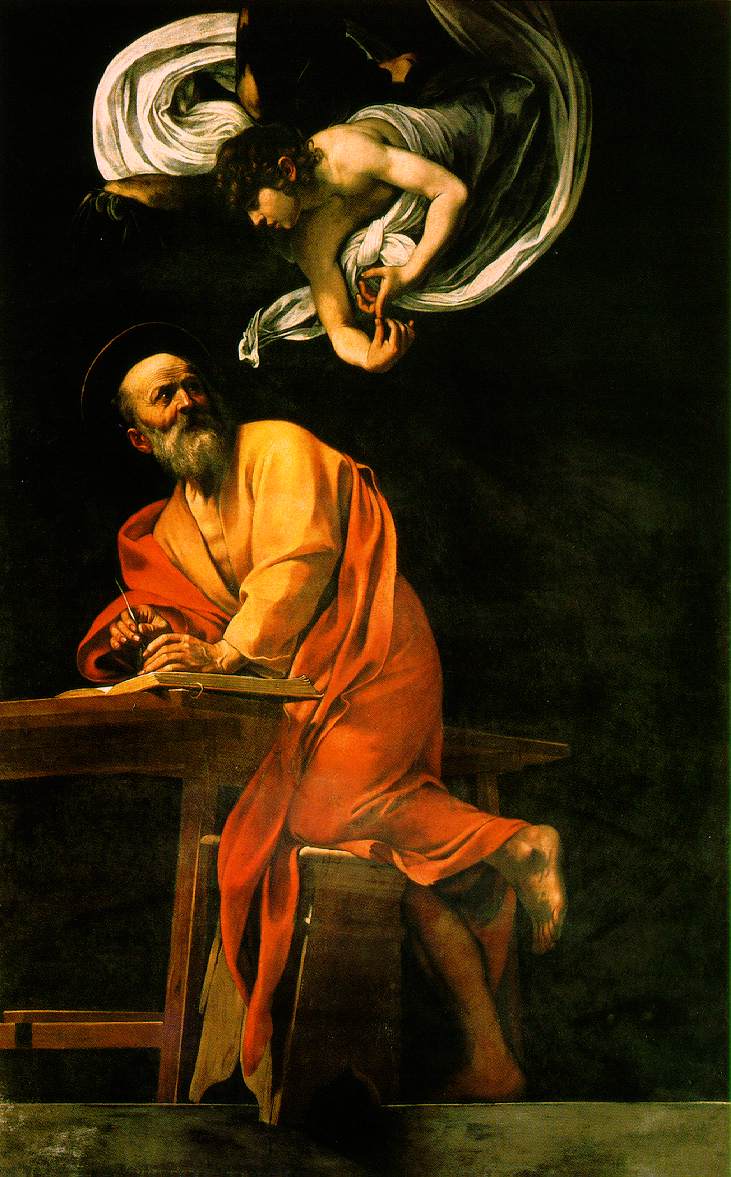
But the commission gave Caravaggio a new path for his painting, in which he could raise the traditional religious scenes and recreate them with his dark interpretation. He used prostitutes, beggars and thieves whom he met on the streets of Rome.
Caravaggio continued to paint religious paintings, such as “The Crucifixion of Saint Peter”, “The Conversion of Saint Paul”, “The Entombment of Christ” and his famous “Death of the Virgin”. The last painting, “Death of the Virgin” with its depiction of the Virgin Mary with a swollen belly and bare legs, was rejected by the Carmelites and finally ended up in the hands of the Duke of Mantua.




Caravaggio could be a violent man, with drastic mood swings and a love of drinking and gambling. He often had fights and served a short prison sentence in 1603, after another painter complained that Caravaggio attacked him. In 1606, he killed a young man named Ranuccio Tomassoni in a fight, perhaps accidentally. The fight’s cause is not known, but with the police chasing him, Caravaggio was forced to flee to Naples from Rome.
In Naples, Caravaggio painted “Madonna of the Rosary” for a collegiate painter, and also “The Seven Works of Mercy” for the church of the Pio Monte della Misericordia.
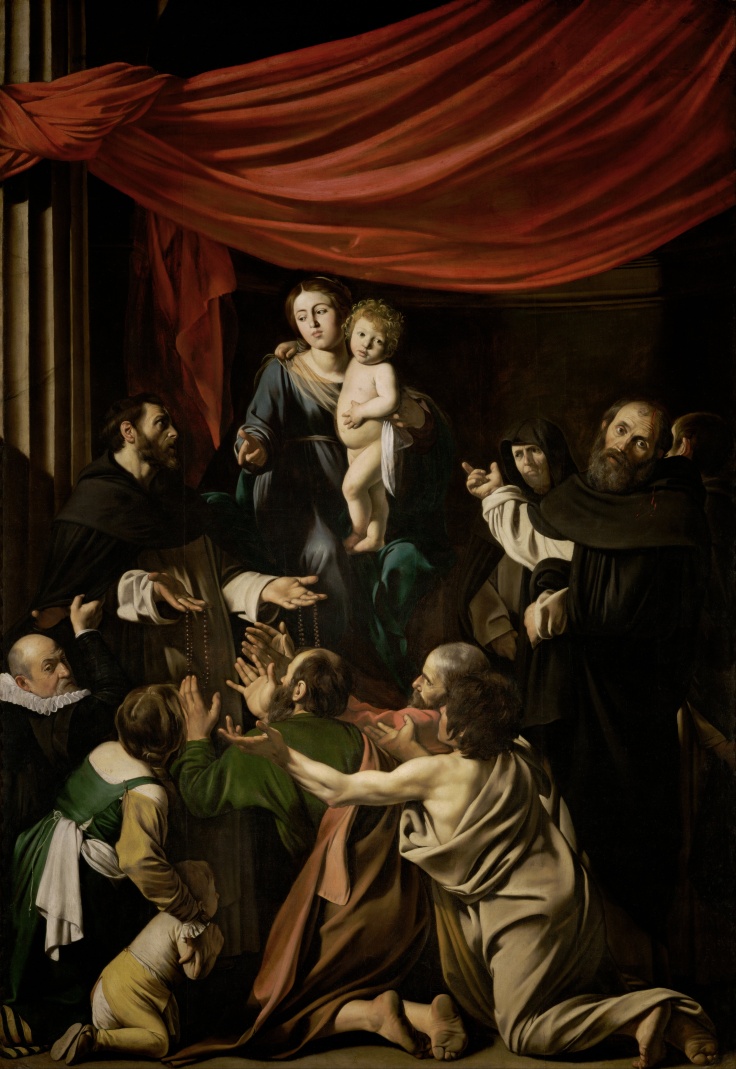

Caravaggio then went to Malta, where he was received into the Order of Malta as a Knight of Justice. In Malta, he created “Beheading of Saint John the Baptist” for the cathedral of Valletta. However, Caravaggio was expelled from the order and imprisoned after attacking Fra Giovanni Rodomonte Roero, one of the oldest knights of the Order, in July 1608. He escaped to Sicily after 1 month.

In Sicily, Caravaggio traveled through the cities as he worked on multiple paintings. In Messina, Caravaggio painted “The Raising of Lazarus” and “Adoration of the Shepherds”.
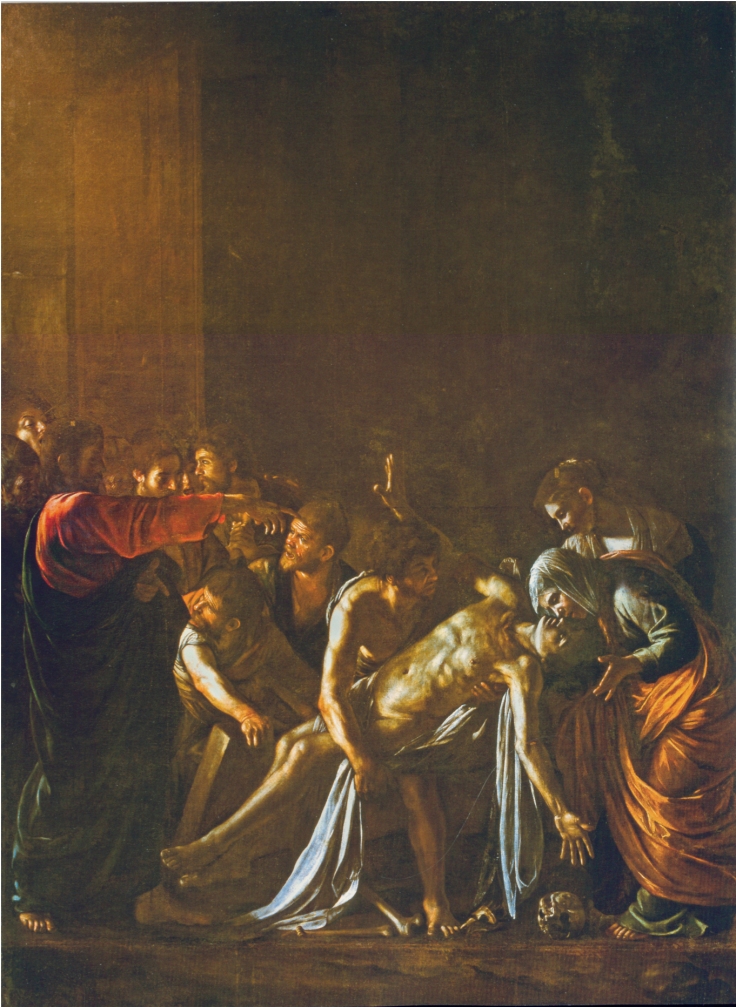
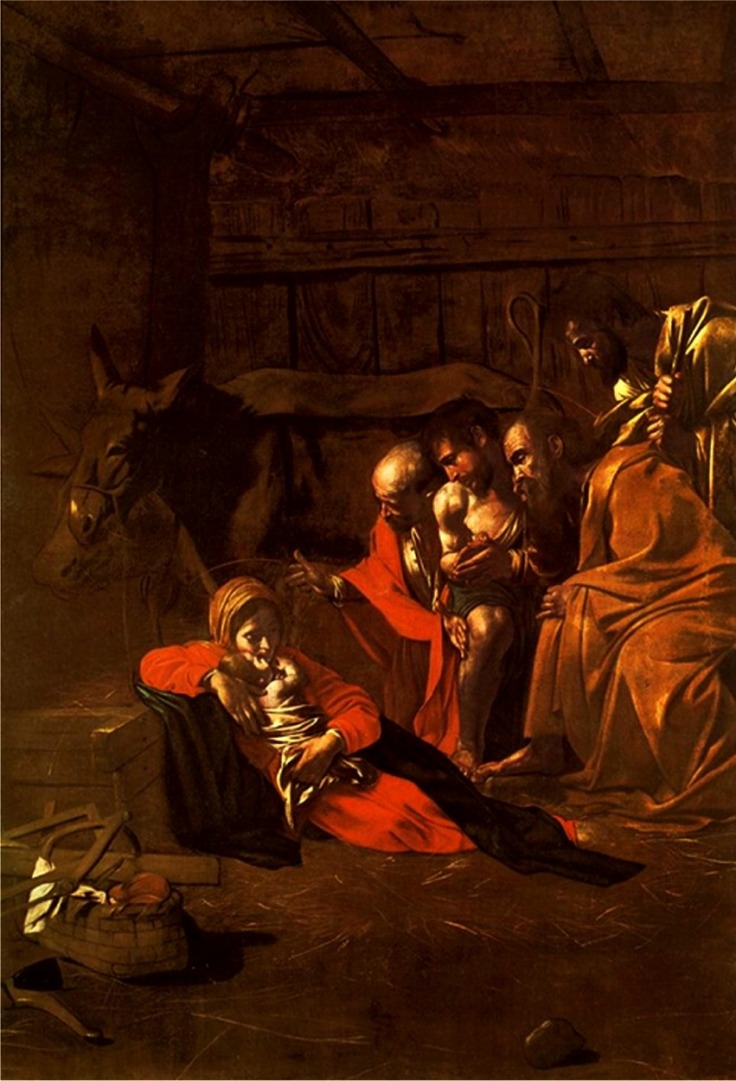
At this point, Caravaggio had become a nervous man, always on the run and in constant fear of his life, sleeping with his clothes and with a dagger at his side.
Fra Giovanni Rodomonte Roero never forgave Caravaggio. In 1609, he followed the painter to Naples and attacked him in front of a tavern, disfiguring his face.
The attack hurt Caravaggio’s mental and physical state. His vision and brushstroke suffered as shown by two of his later paintings, “The Martyrdom of Saint Ursula” and “The Denial of Saint Peter”.

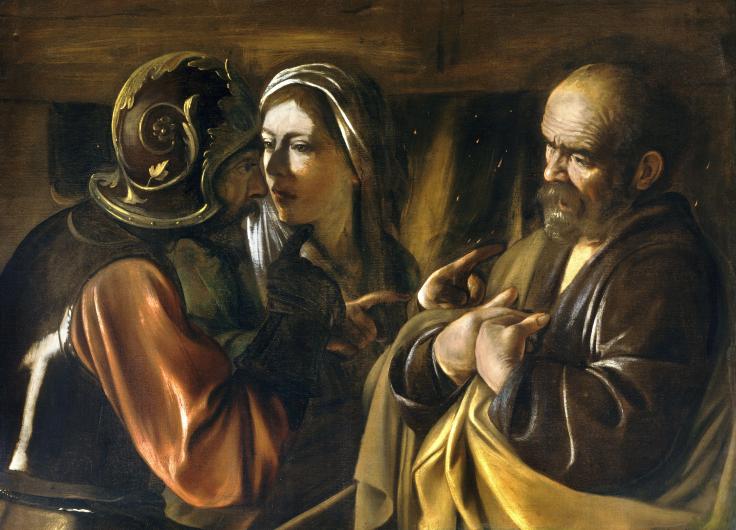
Caravaggio’s only salvation from punishment for murder was the pope, who had the power to pardon him. While his friends were working to guarantee his forgiveness, Caravaggio headed for Rome in 1610. However, Caravaggio died in the same year in Porto Ercole, on 18 July 1610. It is not known how Caravaggio died, but it is suspected to have been lead poisoning.
Caravaggio was avoided after his death but was eventually recognized as one of the fathers of modern painting. His paintings influenced many future painters, from Diego Velazquez to Rembrandt.

Leave a comment